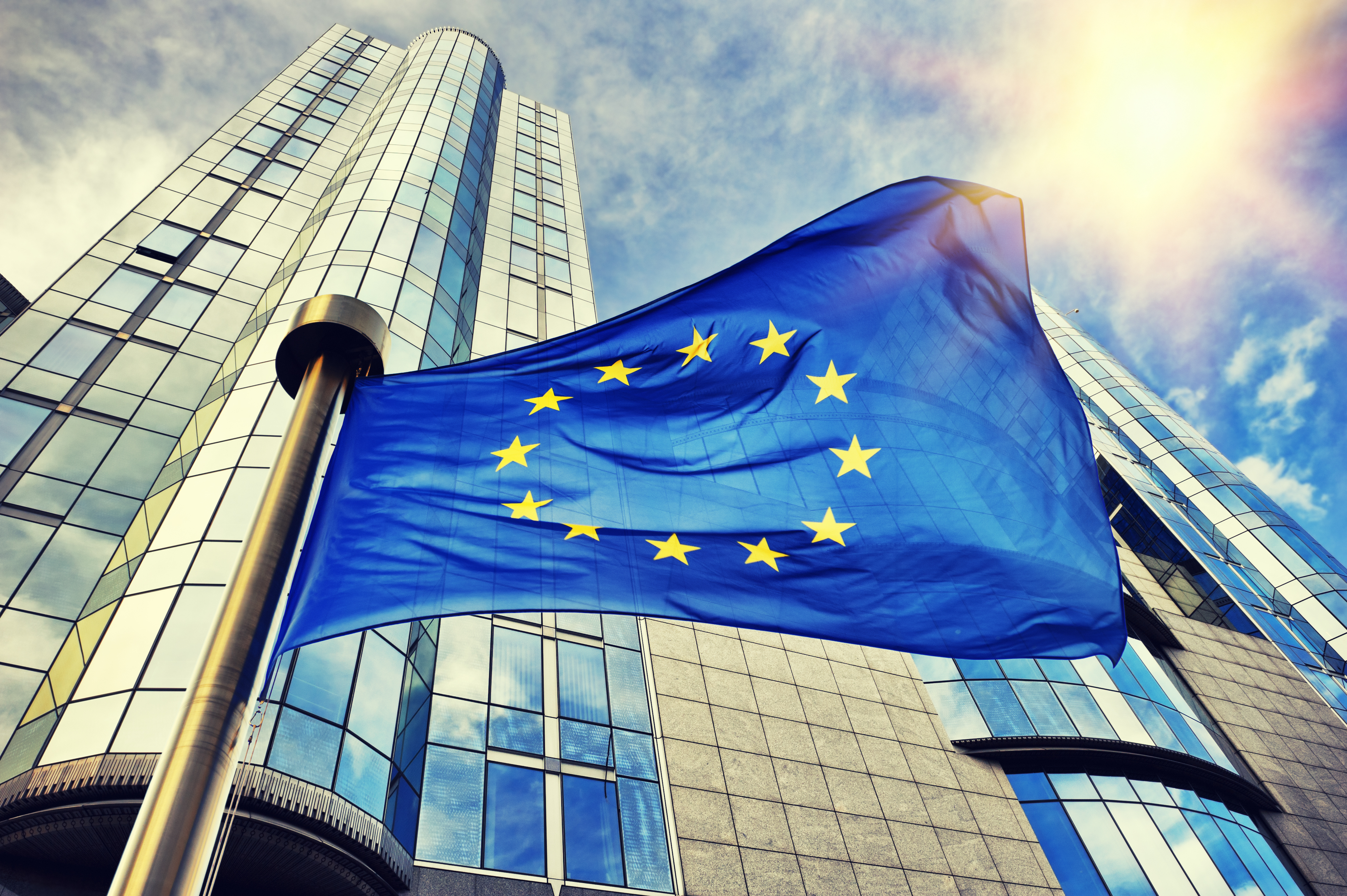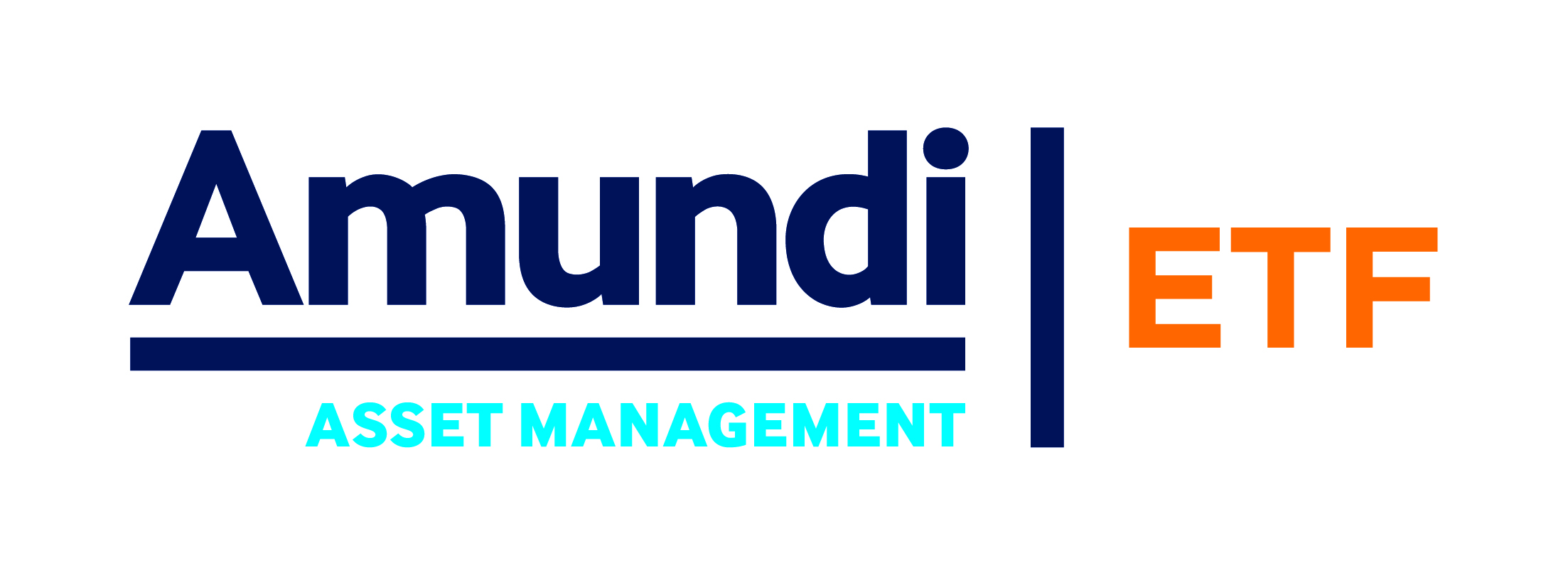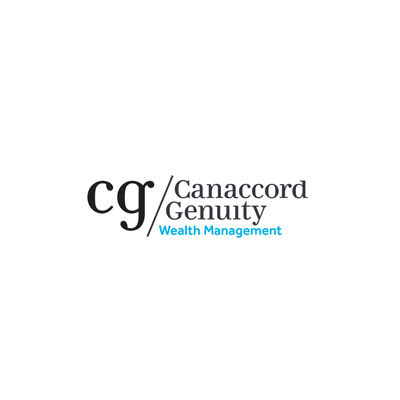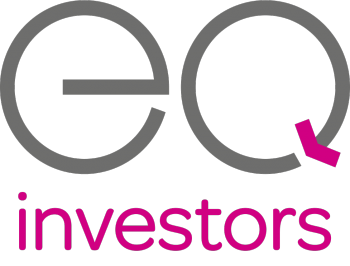It is a tough gig establishing regulation that is set to shape the European investment landscape for decades to come.
Once considered globally pioneering, Europe’s premier sustainable finance framework – the Sustainable Finance Disclosure Regulation (SFDR) – has attempted to be many things to many people since its introduction in March 2021.
Widely understood as a disclosure regime, SFDR requires asset managers to report on the ESG-related activity of the companies and sectors they invest in. However, the self-disclosure framework used for SFDR has allowed industry participants to create their own definition of ESG, leading to allegations of greenwashing and misuse from the outset.
The European Union has been bold in its ambition with SFDR. But despite this, asset managers have been accused of using the regulation as a labelling exercise, applying the often ambiguous and conflicting policies to brand their strategies ‘light green’ Article 8 or ‘dark green’ Article 9 in a bid to attract inflows into their ETFs. And so far, it has worked.
In Q3 alone, Article 9 funds posted inflows of €12.6bn, with the majority flowing into ETFs tracking Paris-Aligned Benchmarks (PAB) and Climate Transition Benchmarks (CTB) while Article 8 funds saw outflows of €28.7bn over the same period, according to data from Morningstar.
Hortense Bioy, global director of sustainable research at Morningstar, said she believes there has been an “unintentional” misuse of the regime by asset managers. “SFDR is not a labelling exercise despite the fact it is used as labels by the industry,” she said.
Now, SFDR is readying for a major upgrade in January as the European Commission introduces ‘level 2’ of the regulation in a bid to tighten sustainable disclosure requirements that have allowed asset managers to use the regulation as a powerful marketing tool.
In a bid to front-run the changes, asset managers including BlackRock, Amundi and Invesco have reclassified roughly €41bn of ETFs from Article 9 to Article 8 to meet the more stringent requirements, or run the risk being caught out by the regulator.
With regulatory clarification still lacking, most of the changes have seen PAB and CTB strategies downgraded from the top sustainable label, while several Article 8 funds – widely recognised as a “catch-all” approach to sustainable investing – have also been downgraded to Article 6.
European regulators have moved to alleviate some of these discrepancies in recent weeks, but with investors having already piled into classified funds, is it too little too late?
An unintended labelling regime
Flows going into Article 9 classified funds have been substantial. The €9.9bn iShares MSCI USA ESG Enhanced UCITS ETF (EEDS) – the largest ETF to downgrade to Article 8 – pulled in assets of €5bn in Q3 alone.
Hugo Gallagher, senior policy adviser at Eurosif, said Article 9 has been where SFDR is susceptible to elements of a labelling regime as asset managers take advantage of unclear and contradicting policies.
“There has been a growing reliance among Article 9 ETFs on climate benchmarks. This stems from Article 9.3 which effectively allows this,” he continued. “However, the question and answers from June 2021 stated that Article 9 must invest exclusively in sustainable investments.”
To add to the confusion, the definition of ‘sustainable investments’ – outlined under Article 2 of SFDR – is also up for debate. Recent data from Morningstar found that less than 5% of Article 9 funds target sustainable investment exposure between 90-100%.
“The problem is the definition of sustainable investment is not clear at all. Despite demands for clarity from the European Commission, asset managers have effectively been left to come up with their own way of assessing investments and effectively from their own internal framework,” Gallagher added.
This uncertainty has led some asset managers to take a more conservative approach. For example, State Street Global Advisors (SSGA), Fidelity International and Goldman Sachs Asset Management have all launched PAB or CTB ETF ranges which they have classified as Article 8 under SFDR.
An SSGA spokesperson said it takes a small ‘c’ conservative approach to ESG regulation, waiting for clarification before committing for fear of being caught in the regulator’s firing line.
Highlighting the fluidity of the regulatory environment, all asset managers that have reclassified their ETFs have left the door open to switching back “pending further regulatory clarification”.
Following Amundi’s reclassification of its €19bn Article 9 ETF range, it said: “The current regulatory framework does not yet allow the financial industry to respond in a uniform manner as to what should be considered ‘sustainable’ or not.”
There are also issues with Article 8.
Unlike Article 9, there is currently no minimum level of sustainable investment requirements for Article 8 funds. This means a fund could be aligned to one of the European Union’s six sustainable finance Taxonomy objectives while disclosing that it has 0% of sustainable investments, and still be classified as ‘light green’.
“There is not a strict matching up between the different regulations,” Gavin Haran, head of policy for asset management at Macfarlanes, said. “This needs to happen and probably will eventually because you get these quite counterintuitive results in some cases.”
In recent weeks, the European Securities and Markets Authority (ESMA) has tried to clarify the situation. In November, it launched a consultation to introduce a minimum threshold of 50% sustainable investments for funds using their ‘sustainable’ in their name and an 80% threshold for funds using ESG, acting as a de facto minimum threshold for Article 8 funds.
Despite this, Gallagher believes the original lack of clarity could open the door to asset managers exploiting the regulation.
“The problem is Article 8 has assumed a certain significance in the market,” he said. “If you are labelling a product as Article 8 people have certain expectations that it will have some sort of ESG credentials. That is not necessarily a requirement but it might be an expectation.”
A mis-selling scandal?
As the period of reclassification takes place, one of the biggest questions will be what happens to the ETFs that have seen significant inflows as a result of being labelled Article 8 or 9.
Damien Lardoux, head of impact investing at EQ investing, said the downgrades were “not a big deal at all” as the firm would never select investments relying only on the regulation. “SFDR is not a labelling regime, it is a self-disclosed framework. I would not build portfolios relying only on SFDR,” he said.
Bioy agreed, adding the message for investors to look beyond the Article 8 or Article 9 classifications. “What is important is understanding the underlying strategies and this does not change when you reclassify a fund. Whatever the classifications, because we are in a fluid regulatory situation, this is not what investors should be focusing on.
“Just because it is Article 9 does not mean you need to do more due diligence. Investors will have done this already.”
Patrick Thomas, head of ESG portfolio management at Canaccord Genuity Wealth Management, welcomed the reclassifications by asset managers but added the ETF industry tends to “shoot first and ask questions later”.
“There has been quite a lot of speculative asset gathering-focused launches that have not considered a lot of the SFDR requirements, so the downgrades are a good thing,” he said. “A downgrade would concern us enough to sell a fund, though, because if you have not been able to navigate this regulatory process, it probably says something about your overall ESG capabilities.”
Gallagher agreed professional investors have the resources to understand what an asset manager or ETF is trying to achieve but the main greenwashing risk is for retail investors.
“If a product is classified as Article 8 or Article 9, it creates different expectations,” he said. “If the retail investor discovers that those expectations are not actually aligned with reality, there is a concern that could then lead to allegations of greenwashing.”
Despite this, Detlef Glow, head of Lipper EMEA research at Refinitiv, argued professional investors also have to take some responsibility for the way SFDR has been marketed by asset managers.
“Investors rely on SFDR as guidance for their ESG investing despite the guidance of ESMA. Investors have demanded Article 8 and Article 9 funds without any knowledge of what will be behind those broad buckets,” he continued. “This was despite no available data or clarifications. The fund promoters saw the demand for those products and thought they could be marketed as an ESG fund.”
A moving feast
Despite the imminent implementation of ‘level 2’ of SFDR, the reality is it could be several years before the regulation becomes watertight as ESMA continues to iron out issues and align conflicting sustainability rules.
One of the biggest sources of anxiety for asset managers is gathering sufficient data to report on one of the 18 principle adverse impact statements (PAIS), an additional requirement under ‘level 2’ of SFDR that aims to beef up asset managers’ due diligence on the sustainable impact of their investments.
“The data coverage is very patchy,” Gallagher said. “Market participants are dependent on third-party data providers and it is costly for them to gather and aggregate data from multiple sources. Even once they have done that, there is no guarantee it is reliable.
“If the data is found to be inaccurate, there is a possibility of the asset manager being liable, and that is a huge source of anxiety at present for market participants. Even if they make their best effort, they might get something wrong and get into trouble for that reason.”
Alongside patchy data, Haran said there are also concerns that pursuing Article 9 could be economically unviable for passive funds.
“A fund could target the reduction in carbon emissions as an EU Taxonomy-aligned objective but to achieve ‘dark green’ the fund’s holdings must also comply with the ‘sustainable investment’ criteria,” he added. “The key here is the Do No Significant Harm (DNSH) to the other five environmental objectives, as well as having good governance.
“For a passive fund, the costs of undertaking DNSH and governance assessments could undermine the low-cost viability of the product.”
Following the flurry of reclassifications, Bioy said fixed-income ETFs could become the dominant player in the ‘dark green’ space moving forward. “The bias now is towards equities in Article 9 so it will be interesting to see if that shifts as equity funds downgrade and you are left with impact and green bond ETFs.
“These funds could also change under SFDR in the future because the companies issue green bonds do not necessarily have great ESG credentials.”
On the equity side, Bioy said thematic ETFs would be most likely to qualify as Article 9 going forward.
Thomas agreed thematics is an area where ETFs could make a difference. “Inherently, thematics is a tough area for active managers to pick winners so picking a basket of stocks is a good idea and the rules-based format is also good from a risk perspective, you are avoiding the stocks that are way to speculative,” he said.
Despite this, BlackRock included the $6bn iShares Global Clean Energy UCITS ETF (INRG) in its recent downgrade to Article 8, a sign of how high the bar is to achieve an Article 9 portfolio.
Whether or not asset managers have used the current uncertainty around SFDR to their advantage, the ever-changing regulatory landscape has made it very difficult to navigate, leading many to err on the side of caution.
“There is a risk of people making a premature judgement that SFDR is not working, or, the industry is exploiting the framework,” Gallagher said. “In fact, the opposite is occurring. There is a bit of self-regulation but it is very uncomfortable for the industry.”
This article first appeared in ETF Insider, ETF Stream's monthly ETF magazine for professional investors in Europe. To access the full issue, click here.
Related articles













